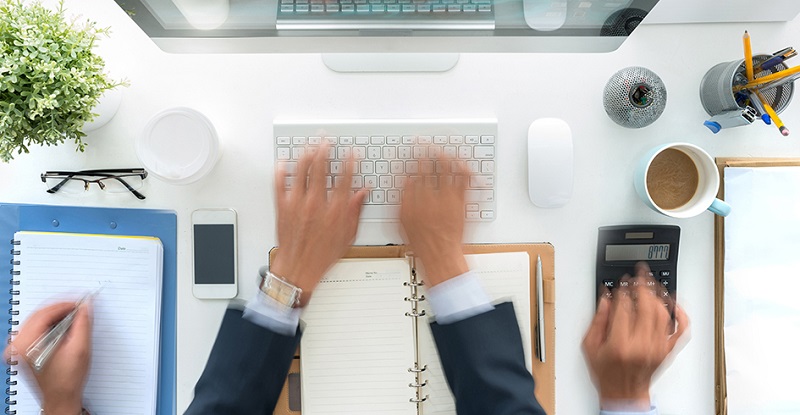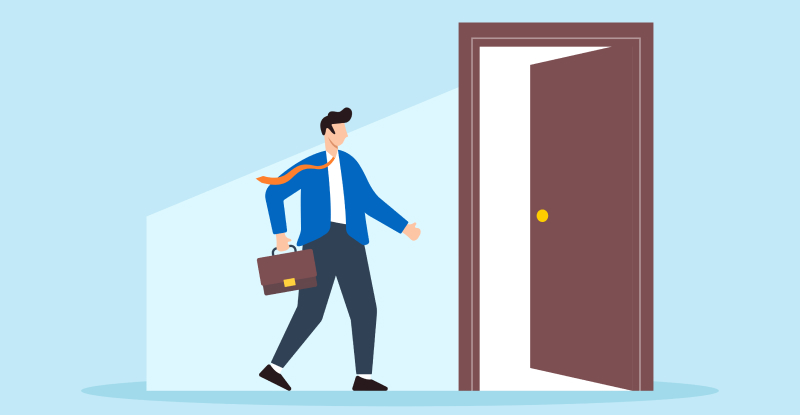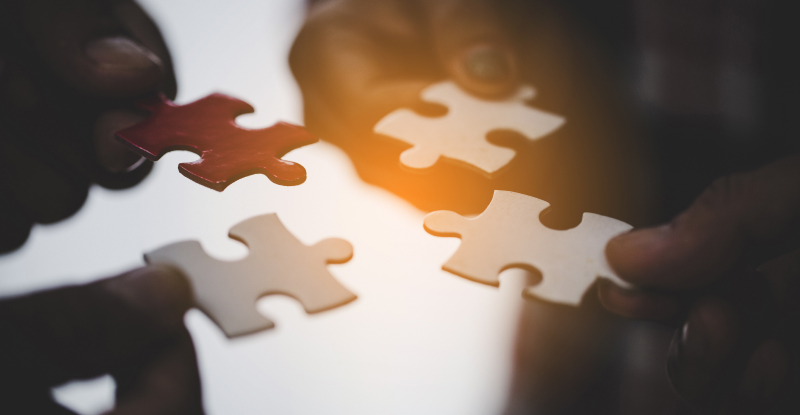
Listen to our podcast episode with this article's author, Terry Small, and Leah Giesbrecht, communications specialist, CPABC. Part of our Coffee Chats with CPABC podcast series.
What is the number one brain myth out there and why is it dangerous?
First, I have a great brain test for you to try – it was developed by psychologist John Stroop. The results of this test so strongly demonstrate this number one myth that brain scientists have a name for it. The Stroop Effect. Take the test and then keep reading.
Well...how did you do? If you were like me....not great the first time through. You just experienced one of the profound truths about your brain. It can only do one thing at a time.
What is the number one brain myth? Multitasking.
Reading email, sorting data, and talking on the phone at once clearly saves time in a crazy busy world. Or does it? Is multitasking even possible for your brain? Neuroscientists say no so much.
Negative effects of multitasking
Multitasking can lead to task saturation – or becoming so overwhelmed that you fail to act effectively. This can be inefficient at best and dangerous at worst.
Multitasking can be harmful in other ways. One study found that people who engage in media multitasking (using different devices at the same time: for example checking email on your phone, scrolling through a social media site, and drafting a memo on your laptop) saw reductions in their brain’s grey matter. Among other things, multitasking can…
Produce memory problems: Multitaskers who switch between devices and information sources show a reduction in short-term and long-term memory.
Make us less productive: Every time we switch between tasks it takes our brains extra time to adjust. This adds up no matter how quickly we think we’re working.
Increase stress: When we try to do too much we can feel overloaded. Our brains respond by producing adrenaline and other “stress” hormones. These can provide a temporary burst of energy, but also make us feel anxious and edgy.
Related content
How to stop multitasking
So what do we do about all of this multitasking? Peter Bregman, in his Harvard Business review article, has some good pointers. Says Peter:
“What we neglect to realize is that when we’re not multitasking, we're using our brain power to pick up nuance, think about what we're hearing, access our creativity, and stay connected to what's happening around us. And diverting this brain power has negative consequences.
So how do we resist the temptation to multitask?
First, the obvious: the best way to avoid interruptions is to turn them off. Often I start work at 6 am when there's nothing to distract me, and I disconnect my computer from its wireless connection and turn my phone off.
Second, the less obvious: Create unrealistically short deadlines. Cut all meetings in half. Give yourself a third of the time you think you need to accomplish something.
There's nothing like a deadline to keep things moving. And when things are moving fast, we can't help but focus on them. How many people run a race while texting? If you really only have 30 minutes to finish a presentation you thought would take an hour, are you really going to answer an interrupting email?
Interestingly, because multitasking is so stressful, working on one task to meet a tight deadline will actually reduce your stress.” In other words, says Bregman, giving yourself less time to do things could make you more productive and relaxed.
Consider monotasking
One final way to stop multitasking? Monotasking. This means focusing on one task for a set period of time and giving it your best. Turn of your distractions, set a goal, and concentrate on a single project. Try it and see what the results are.
Terry Small, B.Ed., M.A., is a master teacher and Canada's leading learning skills specialist. He is the author of the Brain Bulletin with over 34,000 subscribers worldwide.



